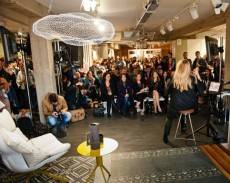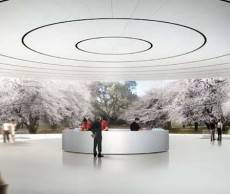March 13, 2014
Insight confirms partnership with Clerkenwell Design Week
 Workplace Insight has confirmed a partnership agreement with Europe’s largest commercial interior design event, Clerkenwell Design Week. The event takes place each year, uniquely using the showrooms and other spaces that make the Clerkenwell area of London home to more creative businesses, designers and architects per square mile than anywhere else on the planet. It is also part of the East London Tech City hub. Now in its fifth year, the 2013 event attracted 50,000 registered attendees and thousands of others visitors. Insight will be covering the event, which will take place from 20 – 22 May, focussing especially on the intellectual content that forms a central element of the week’s content. We will be inviting the many eminent speakers and commentators to share thoughts and ideas in the build up and aftermath.
Workplace Insight has confirmed a partnership agreement with Europe’s largest commercial interior design event, Clerkenwell Design Week. The event takes place each year, uniquely using the showrooms and other spaces that make the Clerkenwell area of London home to more creative businesses, designers and architects per square mile than anywhere else on the planet. It is also part of the East London Tech City hub. Now in its fifth year, the 2013 event attracted 50,000 registered attendees and thousands of others visitors. Insight will be covering the event, which will take place from 20 – 22 May, focussing especially on the intellectual content that forms a central element of the week’s content. We will be inviting the many eminent speakers and commentators to share thoughts and ideas in the build up and aftermath.




























March 10, 2014
The workplace of the future is one founded on uncertainty
by Mark Eltringham • Comment, Facilities management, Flexible working, Technology, Workplace, Workplace design
More →